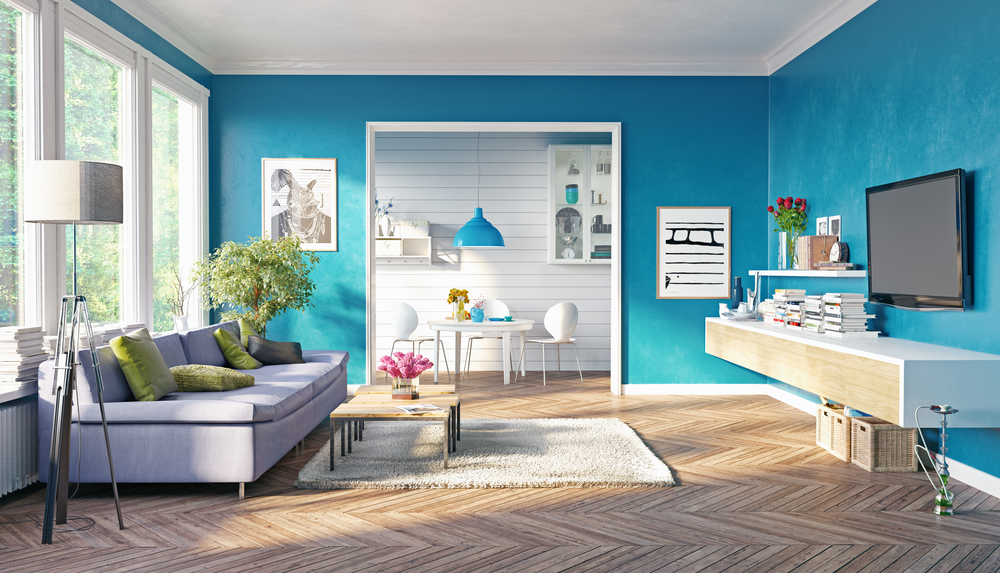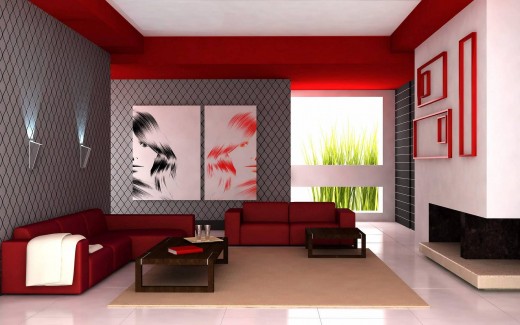Lakewood Interior Painting: Transform Your Home with Expert Painters and Services
Lakewood Interior Painting: Transform Your Home with Expert Painters and Services
Blog Article
Enhance Your Interior Decoration With Comprehensive Shade Examination
The integration of shade appointment right into interior design offers an one-of-a-kind chance to fine-tune and elevate the emotional and aesthetic vibration of an area. By engaging with a skilled shade specialist, you can navigate the intricacies of color selection, making certain that your options not only enhance building features yet additionally resonate with individual style and psychological impact.
Benefits of Color Consultation

In addition, shade assessment aids in maximizing natural light and enhancing spatial understanding. Lighter tones can make a room appear more expansive, while darker shades produce an intimate setting. Cleveland Metro Painting Specialists. This calculated application of shade can dramatically influence the overall ambiance of any interior space
Furthermore, expert specialists possess a detailed understanding of timeless standards and present patterns, ensuring that the selected colors will certainly remain appealing gradually. This foresight can conserve clients from pricey redesigns in the future. Lastly, color appointment empowers clients by giving them with a clear vision and instructions, cultivating self-confidence in their layout choices and eventually causing a much more gratifying and successful interior decoration result.
Recognizing Shade Psychology
The importance of shade psychology in interior design can not be overemphasized, as it explores the psychological and psychological results that numerous tones can evoke in people. Colors can affect mood, behavior, and also productivity, making them a critical factor to consider in any layout project.
As an example, warm shades such as red, orange, and yellow are typically related to energy and heat. They can stimulate sensations of excitement and convenience, making them suitable for social areas like living areas or kitchen areas. Alternatively, awesome shades like blue, green, and purple have a tendency to stimulate calmness and harmony, making them ideal for bed rooms or reflection areas.
Furthermore, using neutral tones can create a balanced setting by allowing the bolder colors to stick out without frustrating the detects. Comprehending these mental effects enables designers to produce areas that not only look aesthetically pleasing yet also promote psychological well-being.
Including shade psychology into indoor layout involves a thoughtful selection of shades customized to the desired feature of each room, ultimately enhancing the general experience for its residents. This understanding is vital for attaining a harmonious and functional interior environment.
The Color Wheel Discussed
Comprehending the connections between shades is vital for efficient interior decoration, and the color wheel serves as an important tool in this process. The color wheel, developed by Isaac Newton in the 17th century, illustrates the range of shades prepared in a round style. It makes up primaries-- red, blue, and yellow-- that can not be created by blending various other shades. Additional colors, formed by incorporating primaries, include green, orange, and purple. Tertiary shades arise from mixing a primary and a secondary shade, causing colors such as red-orange and turquoise.
The shade wheel aids designers grasp the partnerships between colors, consisting of complementary, similar, and triadic plans. Complementary shades, positioned opposite each various other on the wheel, create vivid contrasts that can invigorate an area. Analogous shades, located beside each other, offer a cohesive and harmonious appearance. Triadic systems make use of 3 equally spaced colors, providing equilibrium and visual rate of interest.
Utilizing the color wheel in interior decoration not just boosts aesthetic charm yet also stimulates details emotions and environments, making it an important referral for color examination. Recognizing these relationships eventually encourages designers to create areas that are both visually fascinating and useful.
Selecting the Right Palette
An appropriate shade plan can merge an area, improve its functions, and evoke desired emotions. Different spaces offer diverse features and call for schemes that show their designated use; for circumstances, tranquil shades such as soft blues or eco-friendlies work well in bedrooms, advertising relaxation.
Next, think about the all-natural light readily available. Light can significantly alter just how shades show up, so it is vital to evaluate the room at various times of the day. In addition, think about existing architectural components and home furnishings. A harmonious palette needs to match these features, developing a natural look throughout the room.
When choosing colors, use the 60-30-10 rule, which recommends that 60% of the space need to be a dominant shade, 30% a secondary shade, and 10% an accent color. This proportion ensures equilibrium and aesthetic rate of interest (Cleveland Metro Painting Specialists). Ultimately, sample shades on the walls before devoting, as this enables you to see just how the hues engage with one another and the general setting they produce in your indoor design job.
Working With a Shade Consultant

When collaborating with a color specialist, the process normally starts with a preliminary appointment. During this meeting, you'll discuss your vision, preferences, and the existing components in your room. The professional will why not find out more certainly analyze your demands and might suggest particular color palettes that align with your objectives.
After developing an instructions, the specialist will provide examples and aesthetic aids to help you envision the recommended color pattern. This step is essential, as colors can show up in different ways under varying lighting problems.
Furthermore, a color consultant can lead you in choosing complementary home furnishings, art work, and accessories to integrate with your selected palette. By teaming up carefully, you can achieve a polished aesthetic that elevates your insides and creates a welcoming environment. Ultimately, the expertise of a shade specialist can dramatically improve the overall influence of your design task.
Conclusion
In summary, extensive color examination serves as a crucial tool for enhancing interior design. By leveraging expert knowledge of shade psychology and spatial characteristics, a customized shade scheme can be established to stimulate details emotions and create an unified atmosphere.
By engaging with an experienced color expert, you can navigate the complexities of color choice, making certain that your choices not only complement architectural attributes review yet likewise resonate with personal design and emotional impact. It makes up main shades-- red, blue, and yellow-- that can not be developed by blending various other shades.The shade wheel assists designers understand the connections between colors, including complementary, analogous, and triadic systems.When picking shades, use the 60-30-10 policy, which recommends that 60% of the area ought to be a dominant color, 30% a second shade, and 10% an accent shade. By leveraging professional knowledge of color psychology and spatial characteristics, a customized shade combination can be developed to stimulate details feelings and produce a harmonious environment.
Report this page